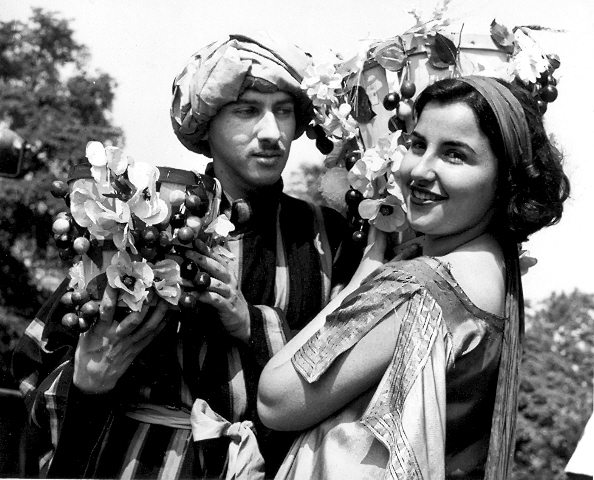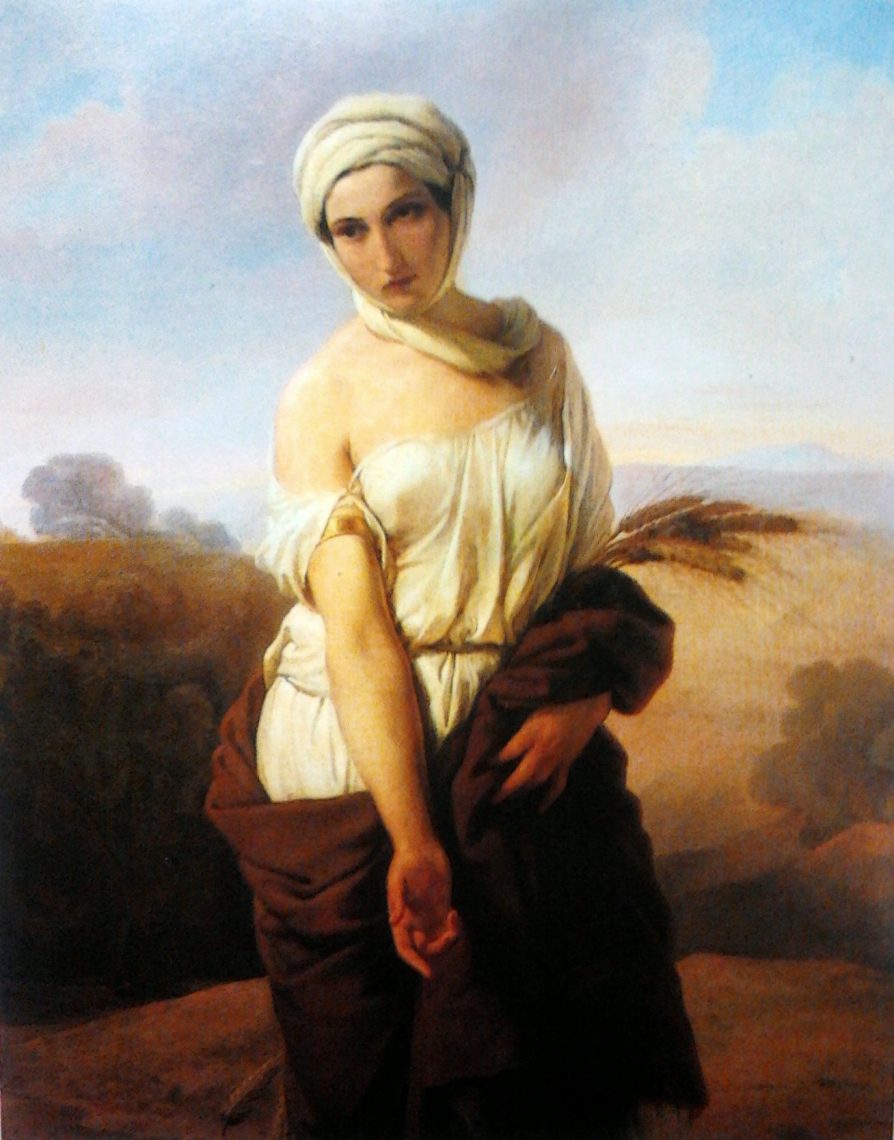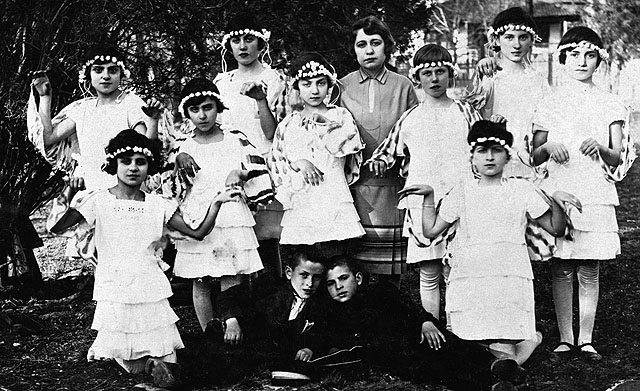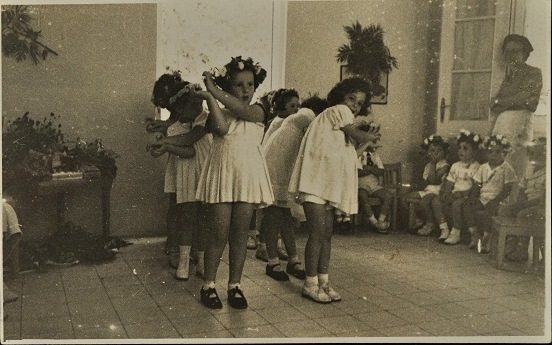If Ruth was living among us today, how would we categorize her? An illegal immigrant? A refugee? An infiltrator? A work seeker? If Ruth was living among us today, she probably would not be considered “Jewish” enough to be converted by the chief rabbinate, nor “Israeli” enough to represent Israel in the Eurovision song contest. She would most probably be looked upon as “the other” – not the nice photogenic foreigner from tolerance campaigns, but the ultimate foreigner. She wasn’t born and raised here, and, even worse, she belonged to the people of Moab, a hostile nation, and according to Chazal, Ruth was granddaughter of Eglon King of Moab, victim of the renowned biblical assassination, by Ehud. And yet Ruth, who had every good reason to hate us fiercely, chose the exact opposite. Ruth preferred the warmth of devotion over the chill of alienation.

The plot of the Book of Ruth takes place in the times of the judges, as we learn from the opening verse: “And it came to pass in the days when the judges judged”. In those days the children of Israel were in lack of leadership and orientation, suffering from oppressing occupation. In the Book of Judges, two verses are repeatedly used: “In those days there was no king in Israel; every man did that which was right in his own eyes.”, and the other one is “And the children of Israel did that which was evil in the sight of the LORD”. There is a direct connection between the absence of law and leadership, and phenomena such as violence and brutal conduct. Law restrains the wild side of man. Chazal said: “Pray for the welfare of the government, For were it not for the fear of it, One person would eat the other alive.” It is not surprising, for example, that in the times of the judges the affair of The Battle of Gibeah – one of the most brutal rape and massacre affairs in the bible, took place.
According to the interpretation to the Book of Ruth by rabbi Yosef Zeev Lipowitz (in a book called “Nachalat Yosef”), the seed of wrongdoing was nourished after the death of Joshua, the last leader before the judges period, who was not only the nation’s savior, but also the spiritual, political and moral instructor for the battered young nation who came from the desert. He died after devoting his entire life to the Children of Israel.

And then, a crucial depression occurred: “there was a famine in the land” (Ruth, 1), and the story begins with the family of Elimelech, a dignitary from Beth Lechem, who decided to leave Judea to Moab due to the depression, with his wife Naomi and two sons, Mahlon and Chilion (the literal meaning of the names is, respectively, “illness” and “extinction” in Hebrew; they are obviously names with symbolical meaning, anticipating the following plot events). After a while, Elimelech died, the sons assimilated and married foreign women, Orpah and Ruth, then both of the sons also died, and Naomi remained alone with her daughters in law, with no provider.
The story is set in scenery of fields and vineyards, and is loaded with agricultural motives. We know that during the second temple the Israelites used to celebrate the Shavuot festival with rituals related to the earth and its crops, and pilgrimages to Jerusalem with the fruit and products. There was a direct linkage between the work of God and the work of the earth and nature. In the Book of Ruth, it is not just the scenery, but the plot itself is derived from the land, and the importance of the inheritance of the land.

After losing her entire family, Naomi wishes to leave her long self-exile in Moab, back home to Judea. She knows she has no rights, no estate, no land, and no clan to rely upon. She knows she is far too old to bear new sons to care for her estate in the patriarchal society of those days.
This is when Ruth and Orpah, Naomi’s loving devoted daughters in law, enter the story. They’re her last hope. They are young and beautiful, and fertile. According to the Jewish biblical law, should they manage to marry a relative of Naomi, and bear children, they can win an estate for the family. Naomi’s refined nature does not allow her to urge the two young women to come back with her. In the contrary, she encourages them to go back to their homeland: “Turn back, my daughters; why will ye go with me? have I yet sons in my womb, that they may be your husbands?”. Though she is well aware of the miserable life waiting for her in Judea, she cares not for herself, but for the benefit of the daughters. Orpah accepts her mother in law’s request, kissed her farewell, and returns to her father’s clan in Moab.

However Ruth insists on staying with old Naomi. “Entreat me not to leave thee, and to return from following after thee; for whither thou goest, I will go; and where thou lodgest, I will lodge; thy people shall be my people, and thy God my God. Where thou diest, will I die, and there will I be buried; the LORD do so to me, and more also, if aught but death part thee and me” (Ruth 1,16). This is a most powerful, canonical quote, carved in letters of gold deep inside in the hearts of all loyal people who did not give up on ideals such as unconditional love. The rest of the story is known to us all: Ruth wins the heart of Boaz, a distant relative of Naomi, and Naomi wins the longed for inheritance of land.
The story of Ruth includes all the right ingredients: feminine power, solidarity, grace and acceptance of the foreigner. Ruth is not a cliché of “the other”, she is the ultimate other, who teaches us all what real grace is. Perhaps that is the reason she is the great grandmother of King David. Happy Shavuot.
(English translation: Danna Paz Prins)